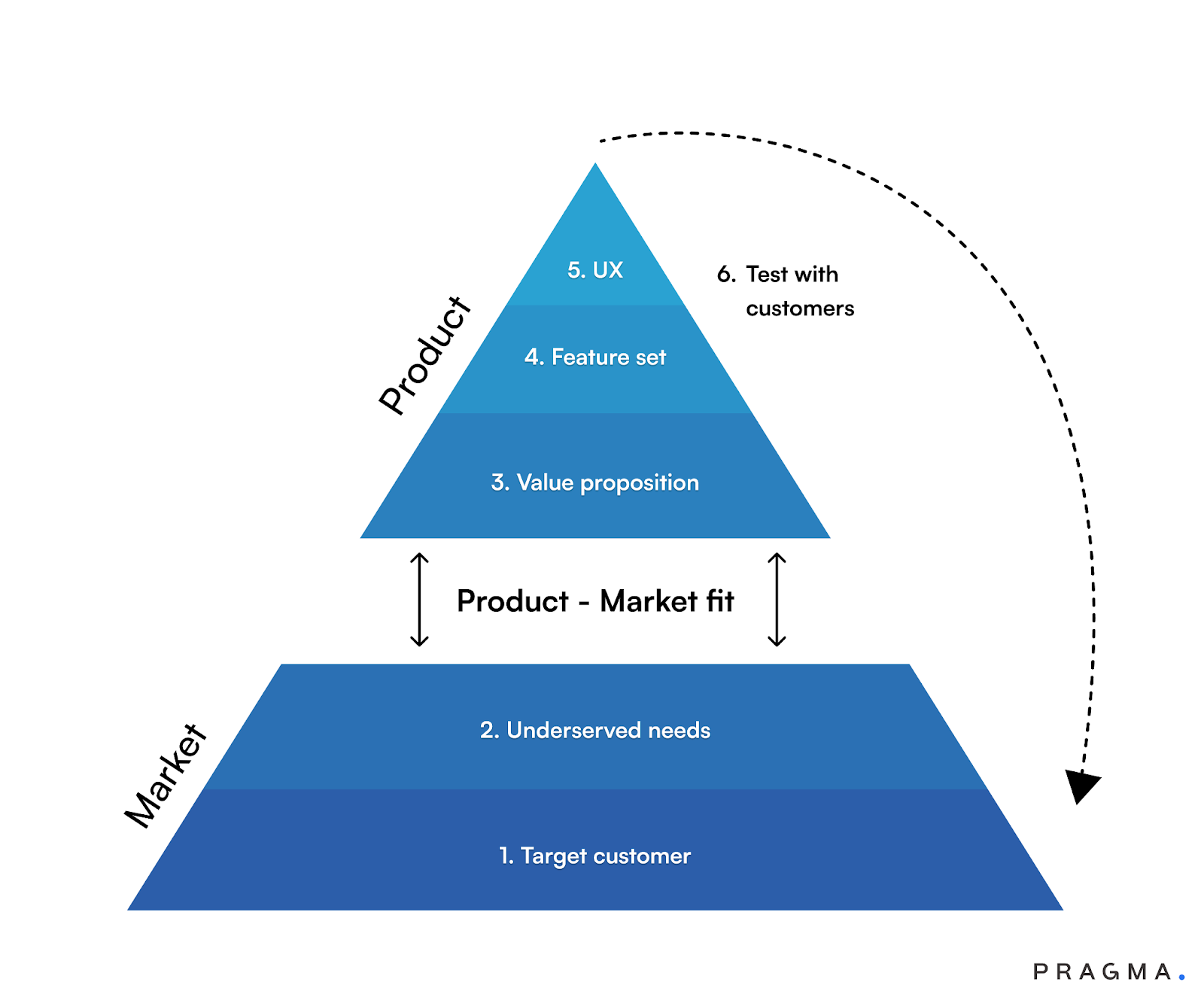
India is now home to the second-largest online shopper base, with over 270 million Indians shopping online in 2024.
This growth means that you must be equipped with the right elements of e-commerce to be able to serve this growing number of online consumers best.
Because if you don’t have the right components that help make the shopping experience from discovery to final purchase worth the customer's time and money, you’ll likely end up disappointing them.
This list of key e-commerce elements serves as your cheat sheet, guiding how to operate your DTC brand effectively.
Website as a Foundational Element of E-commerce
A website is your digital shop through which customers first interact with your brand. They might learn about you briefly via social media, news, etc, but the website is where they get to know your brand is all about in detail.
Must-Have Website Features for 2025
- Mobile friendliness is the most important aspect you can implement in your company, this is because 75% of online orders are made via smartphones. When building your website, be sure to optimise for mobile and tablet views.
- Website speed is another make-or-break factor, because if your website loads slowly, it’ll increase bounce rates and frustrate your consumers. Be sure your pages open up within three seconds to keep customers engaged. Optimising product images, enabling browser caching, and using content delivery networks to further improve your site speed.
- A search bar with sorting and filtering options helps customers find products easily, as they use detailed searches like “blue tee with full sleeves, large size” or “iPhone with 8GB RAM, 124MP camera”.
- Security features are a must to make customers feel safe, so they can confidently shop from your brand without any doubt.
Site Widgets and Advanced Functionality
Site widgets such as customer review systems, live chat bots, social media integration, and others help you offer customers more functionality during the experience without developing them from scratch.
- Pragma WhatsApp business suite is one such key element of ecommerce, which brands like XYXX, Urban Monkey, Siddhayu and many more use to provide customers with instant access by redirecting them over to your WhatsApp page.
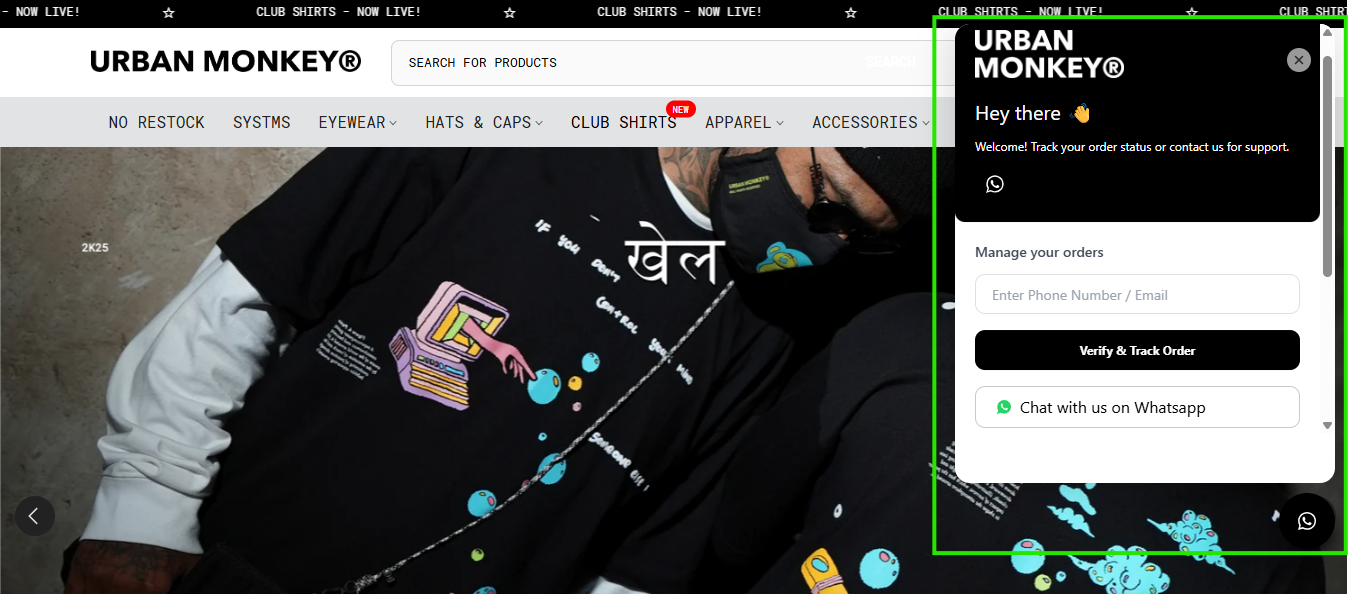
This way, shoppers can interact, browse, enquire and place orders directly from the chat interface without going to your website. And considering how deeply rooted WhatsApp is among Indians, they are likely to get used to it easily.
- Product recommendation widgets help you personalise the shopping journey of each consumer by suggesting products based on their history.

- Video widget is a trending feature where brands are using tools like Quinn to showcase shoppable videos sourced from their social pages on the website

Platform Integration and Scalability Considerations
The integration is about how well your brand is connected to business systems, such as via APIs, which helps you integrate third-party services, such as payment gateways, inventory management, warehouse management, etc.
Pragma, for example, connects with all your ecommerce systems, helping you maintain a consistent flow of information regarding product, sales and analytics across your teams.
Our One Checkout supports all payment methods like UPI, BNPL, etc, and integrates with your local logistics providers to help you reach across the country.
Essential Business Model Elements
The foundation of any successful brand is in its business model, which defines how the company creates, delivers, and captures value that is sales.
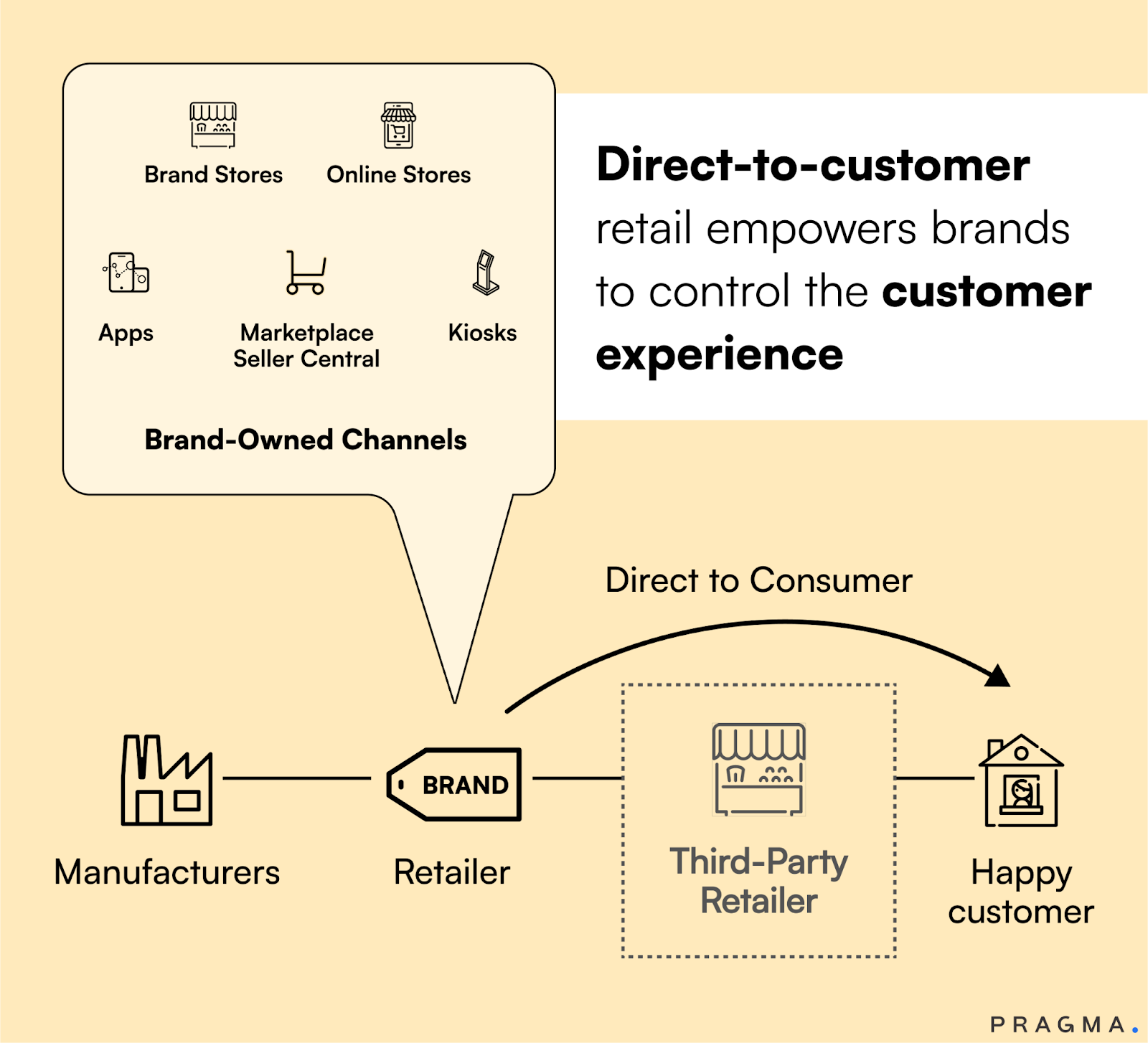
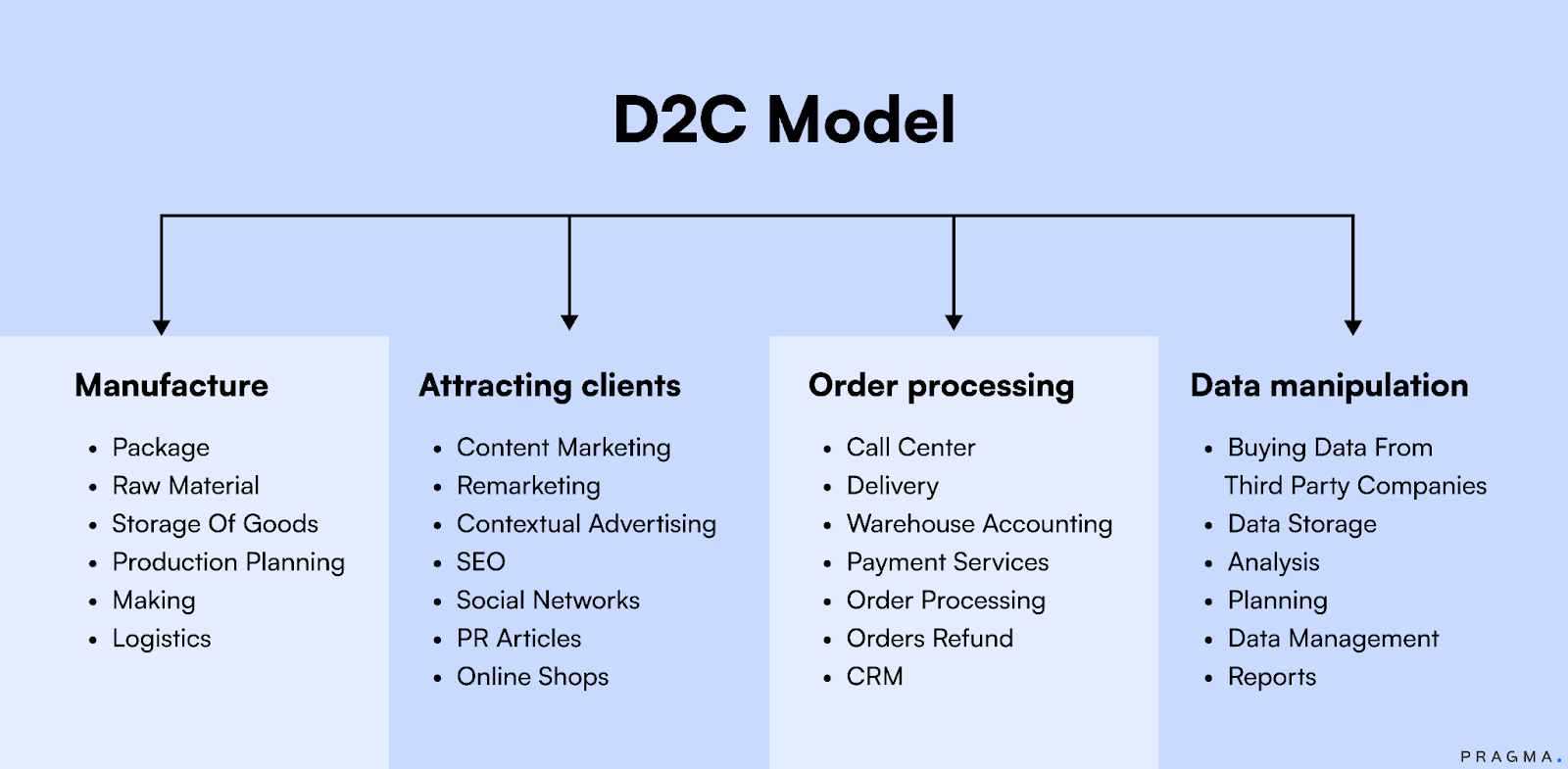
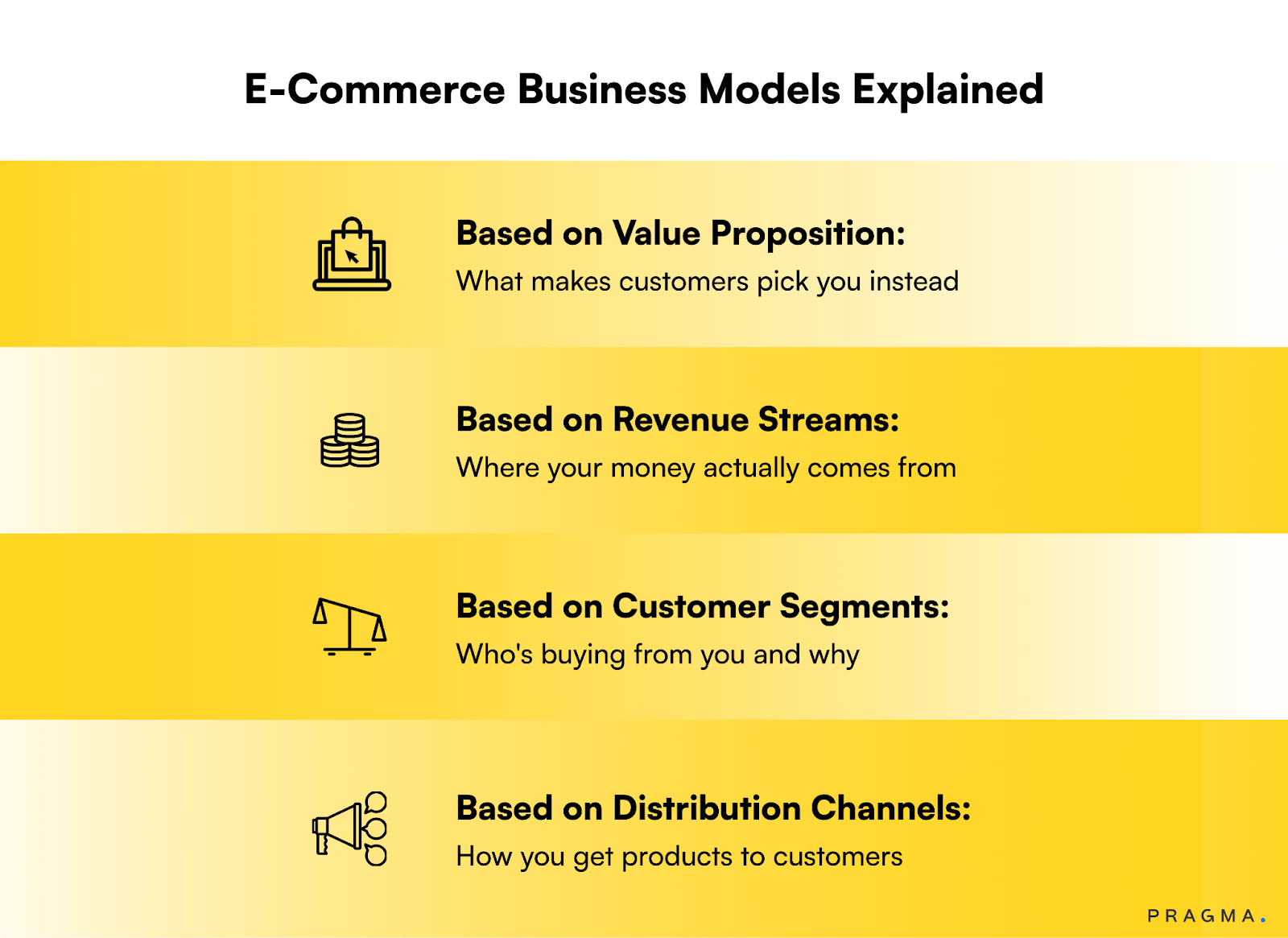
Based on Value Proposition
The value proposition articulates why customers should choose your brand over competitors by addressing their specific needs and pain points through relevant product categories.
Companies like Mamaearth have built strong value propositions around natural, chemical-free products. Neemans, for example, thought of creating footwear that customers can use for more than one use case.
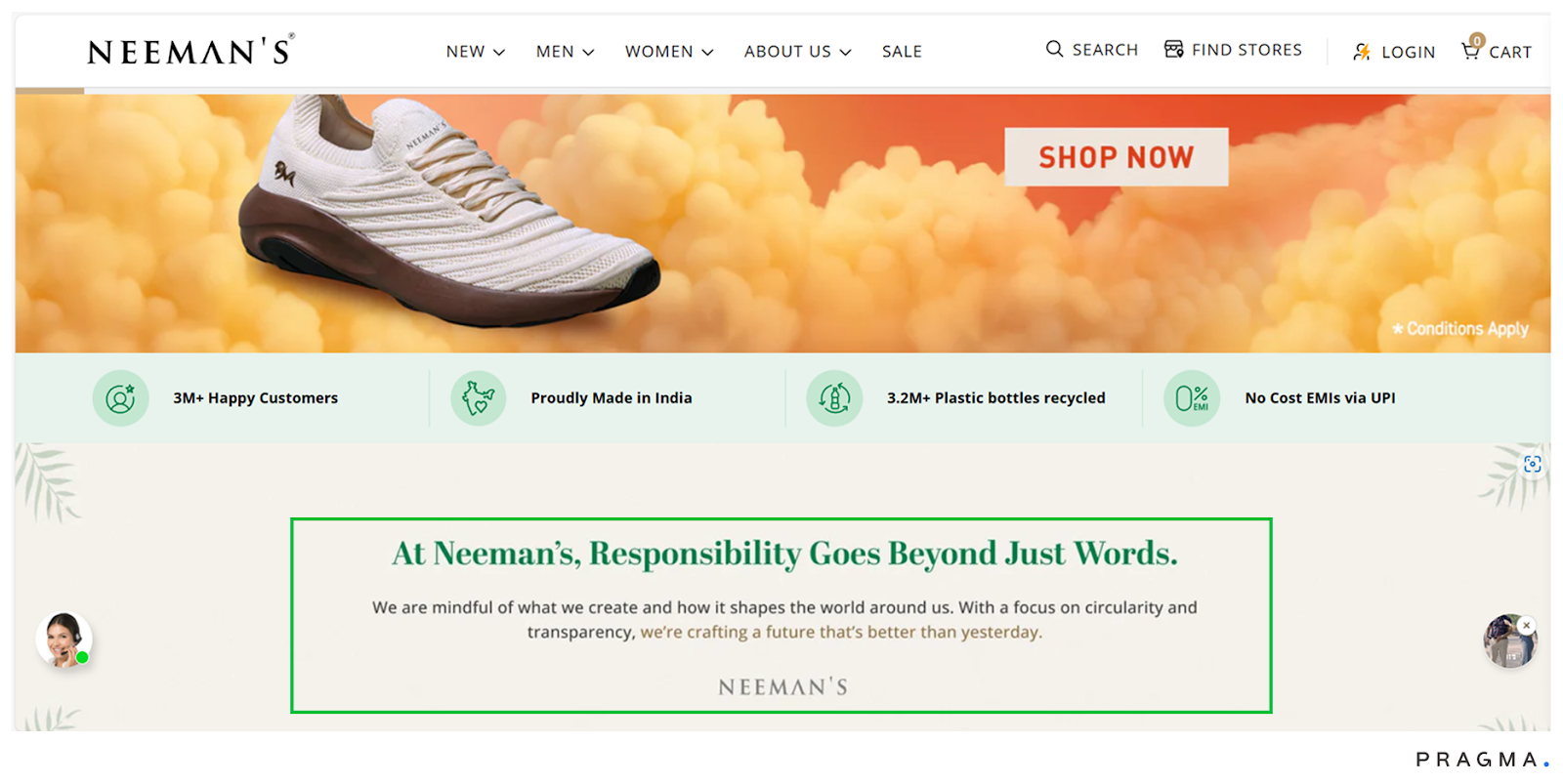
The value proposition is something you have to evolve continuously to stay relevant in the market. One way to make your USP more impactful is by focusing on your customer feedback, market demand, cultural relevance, and a lot more points of consideration.
Based on Revenue Streams
The most common revenue streams involve product sales, subscription fees, commission-based earnings, advertising revenue, and licensing fees.
Transaction revenue models are the most straightforward ones, where brands earn revenue each time a customer places an order and completes the payment.
It works well for both B2B and B2C e-commerce brands and provides immediate revenue upon sale completion.
Subscription revenue models are also gaining popularity among DTC brands, especially in categories like groceries, fashion, and personal care.
It provides you with predictable, recurring revenue streams and helps build long-term customer relationships.
Based on Customer Segments
Age-based segmentation, such as Gen Z shoppers, which accounts for 40% of online shoppers, shows distinct patterns.
For example, they split their shopping baskets across multiple platforms, spend three times more on insurgent fashion brands compared to older cohorts, and over 90% prefer UPI for digital payments.
Regional segmentation helps you understand cultural and socioeconomic factors that influence consumer behaviour.
North India, for example, shows a higher preference for branded searches in men's fashion as status markers, while South India views brands as quality markers, resulting in more branded searches in electronics.
People in the North gravitate toward trendier styles, like boot-cut jeans and bold hair colours, whereas those in the Northeast look for smaller apparel sizes, courtesy of their petite body frames.
City-wise segmentation is also important as it gives you a perspective on how shoppers in Tier-2 and smaller cities shop online, as they show lower spending power compared to people in bigger cities, with average selling prices being similar or only marginally lower across categories.
Customers from these cities are embracing premium brands and attributes. Interestingly, shoppers in smaller cities often view sponsored listings as a marker for quality.
E-retail maturity, such as Coimbatore and Vadodara, is marked by high e-retail penetration and affluence, experiencing about 40% higher e-retail spend per shopper compared to emerging markets such as Prayagraj and Warangal.
Based on Distribution Channels
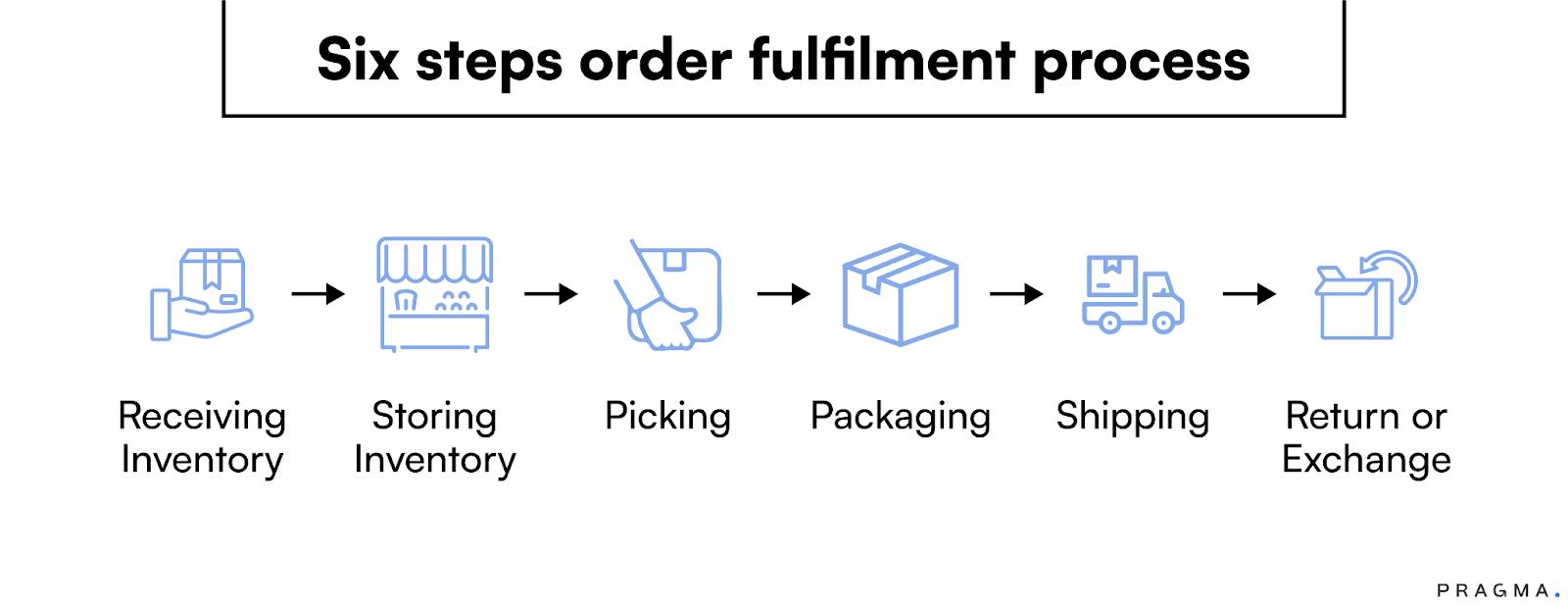
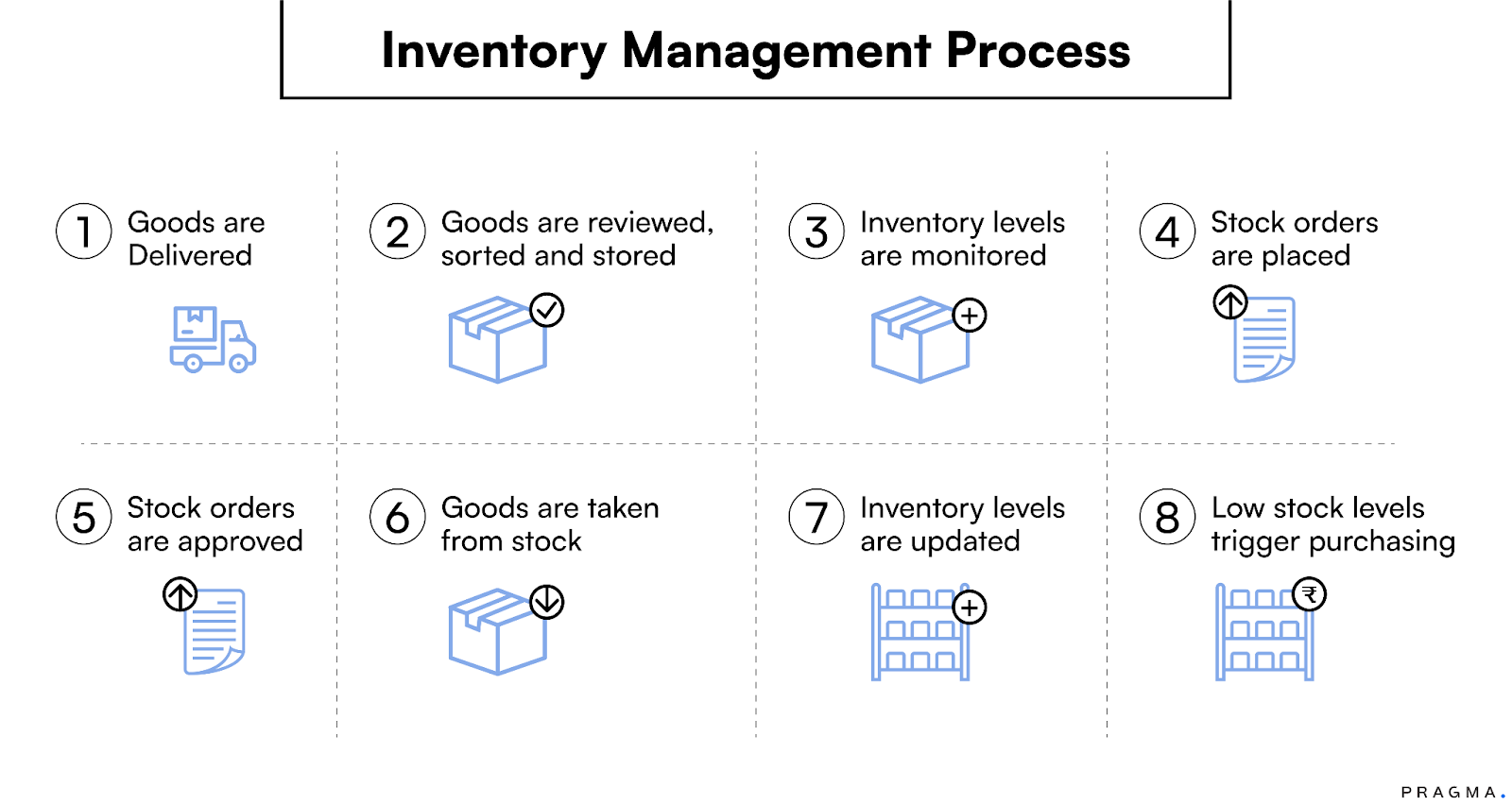
Distribution channels are about the methods through which brands communicate with and deliver products to customers, including for brands operating on an omnichannel model.
B2C model is what majority of brands adopt, where they sell their products offline though retailers. These businesses focus on user experience, customer service, and traditional marketing.
Next is the DTCD2C model which is the hottest trend and almost every new brand aspires to start or even grow through this model.
In this you sell directly to customers without any involvement of conventional general trade. Now because there is no middleman except for your courier partner this model helps save significant margin percentage if you grow your brand sustainably with appropriate use of paid marketing.
Brands such as Neemans, Rare Rabbit, XYXX and many more are some of the most popular DTC/D2C brands in the market, that are not only selling great products but also building direct connection with customers through community building, organic marketing, etc.
And lastly, the B2B model is where you sell products to other businesses, such as marketplaces like Nayka, rather than consumers. It typically features high-value transactions, longer sales cycles, and smaller customer bases.
Strategic Elements in E-commerce
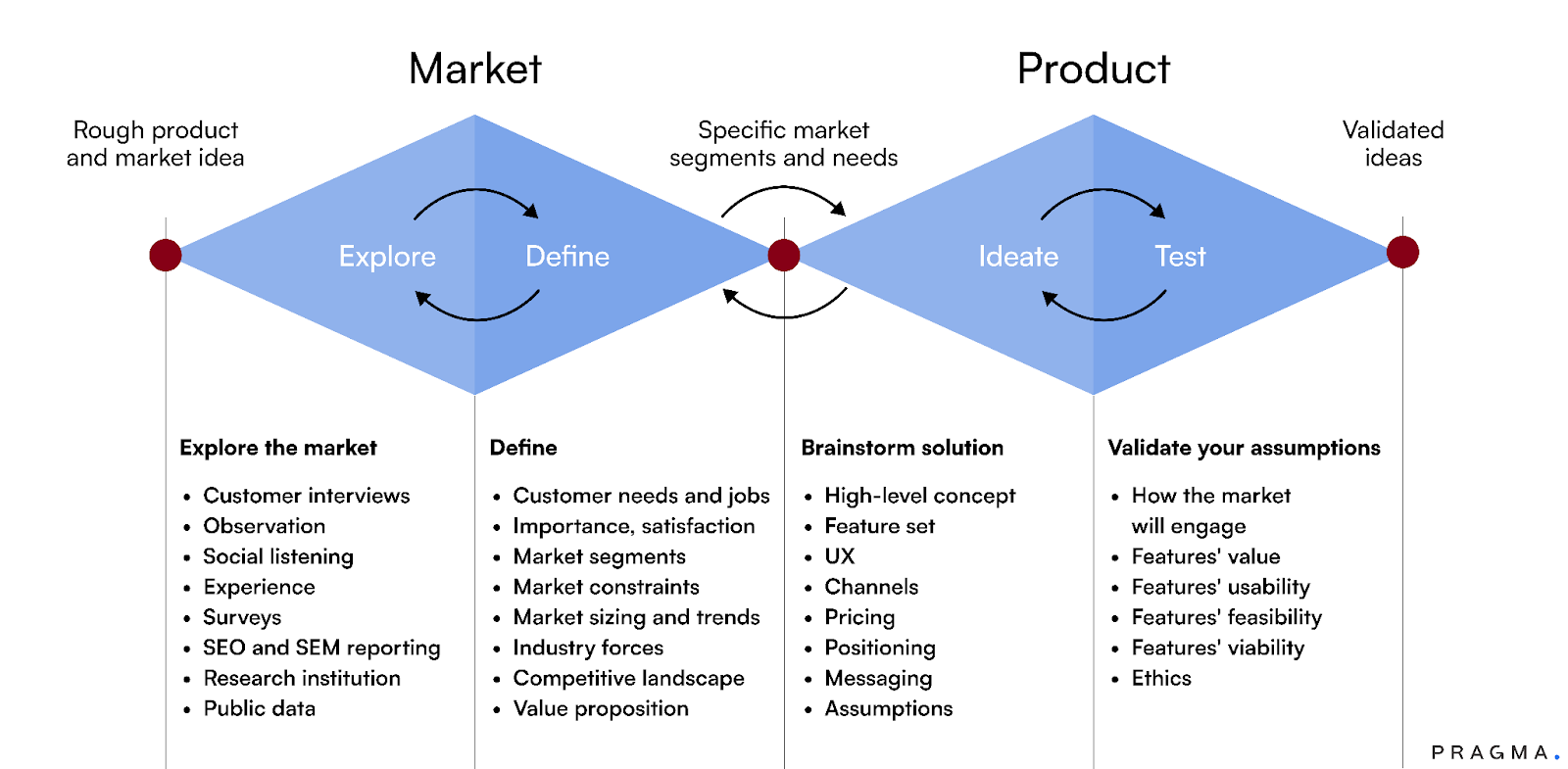
These key features of e-commerce focus on long-term success through proper marketing, customer relationship management, internal communication, and performance monitoring.
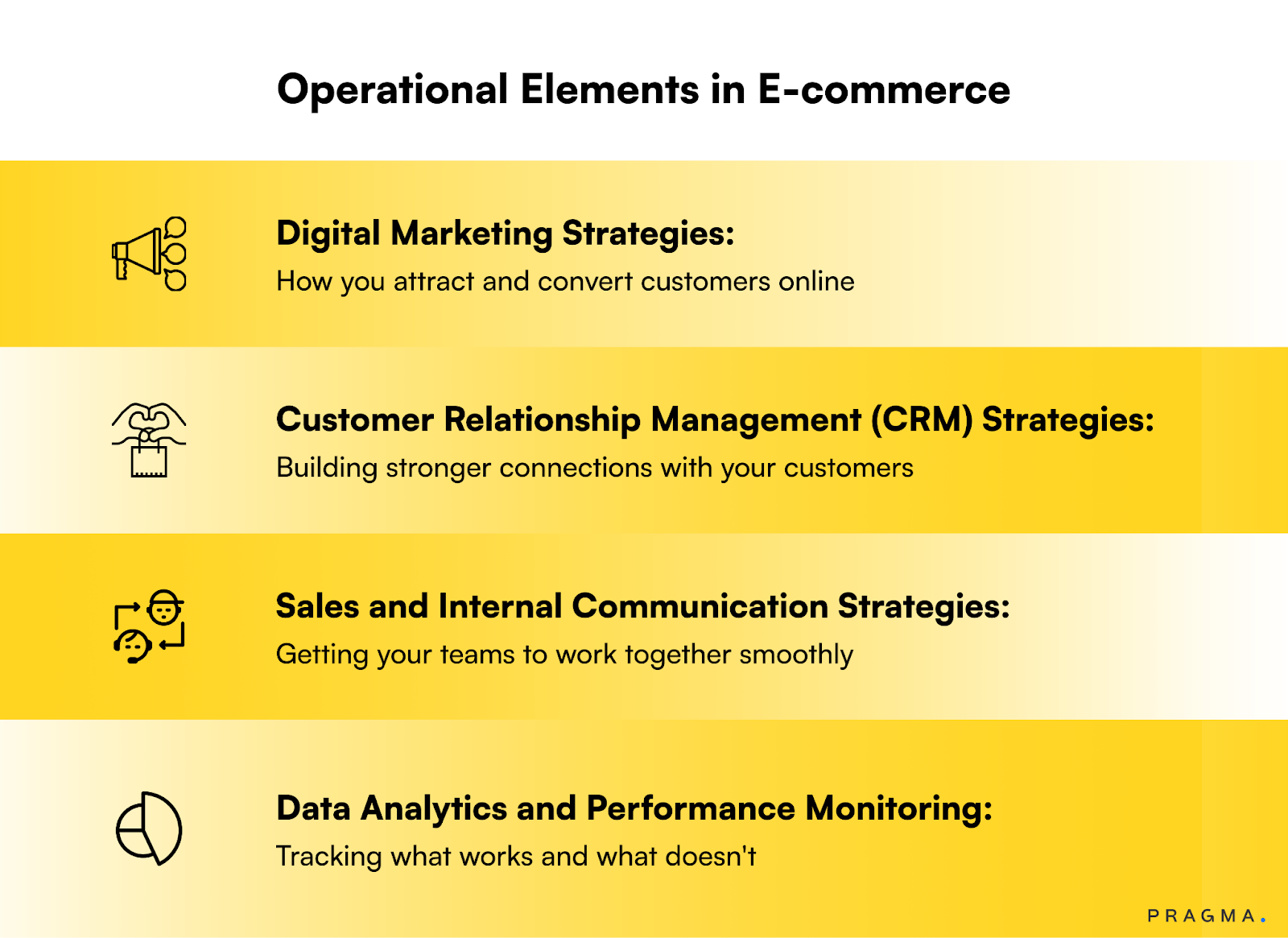
Digital Marketing Strategies
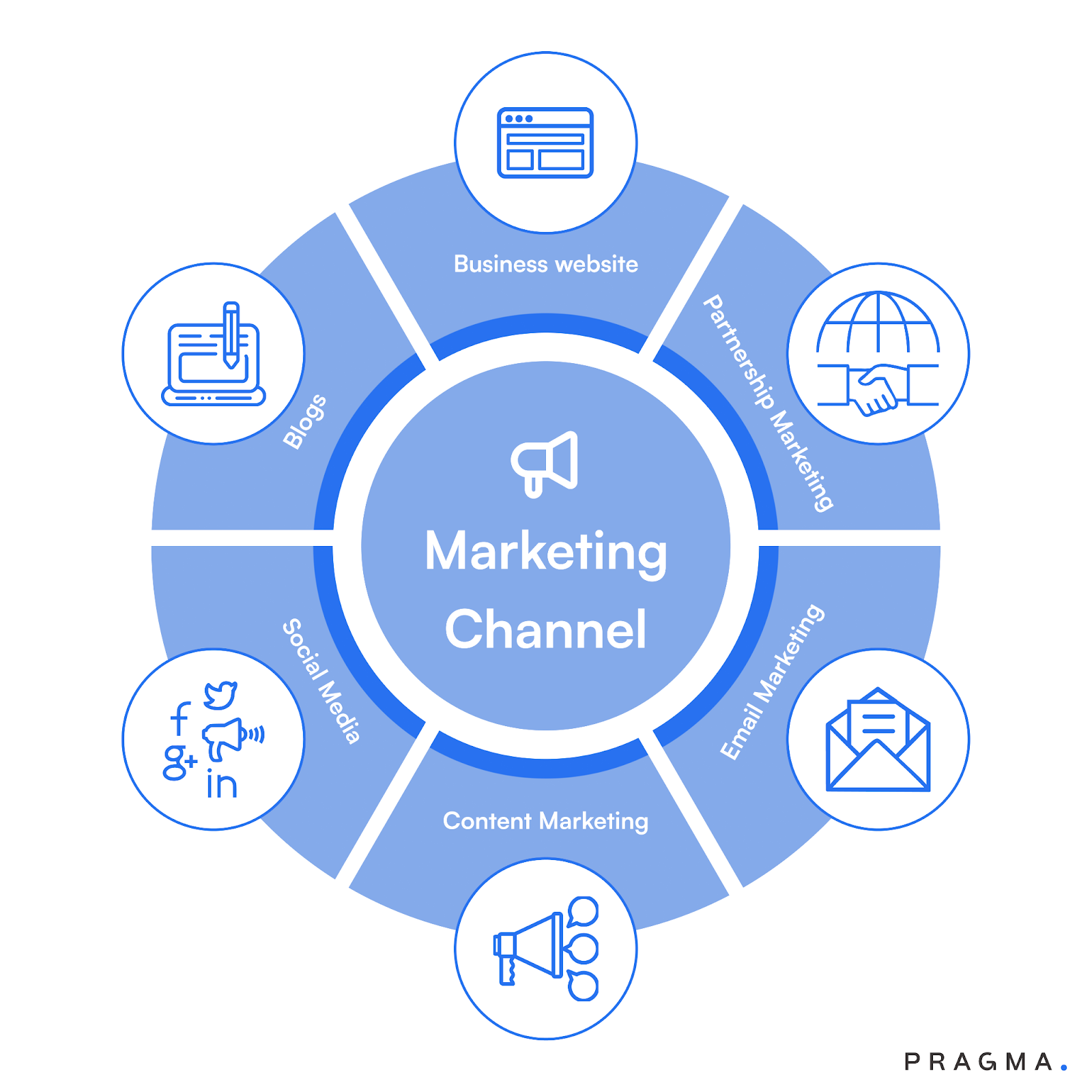
E-retail advertising spend in India reached 20-25% of digital advertising spend in 2024, across formats that cover the customer purchase journey, though
- Sponsored product advertisements in search listings account for 50-55% of e-retail advertising spend
- Display advertisements on home and category pages represent 30-35%
- Targeted static banner advertisements comprise 10-15%
Incorporate SEO in your business for brand visibility as it has a huge impact on organic traffic and overall reach. The process includes optimising product descriptions, implementing structured data markup, and ensuring fast loading speeds across all devices.
Consumers discover most new brands on social media and make quicker purchase decisions, browsing fewer search listings than millennials before buying. Meaning you must invest in social media platforms like Facebook, Instagram, along with paid partnerships with influencers.
Customer Relationship Management (CRM) Strategies
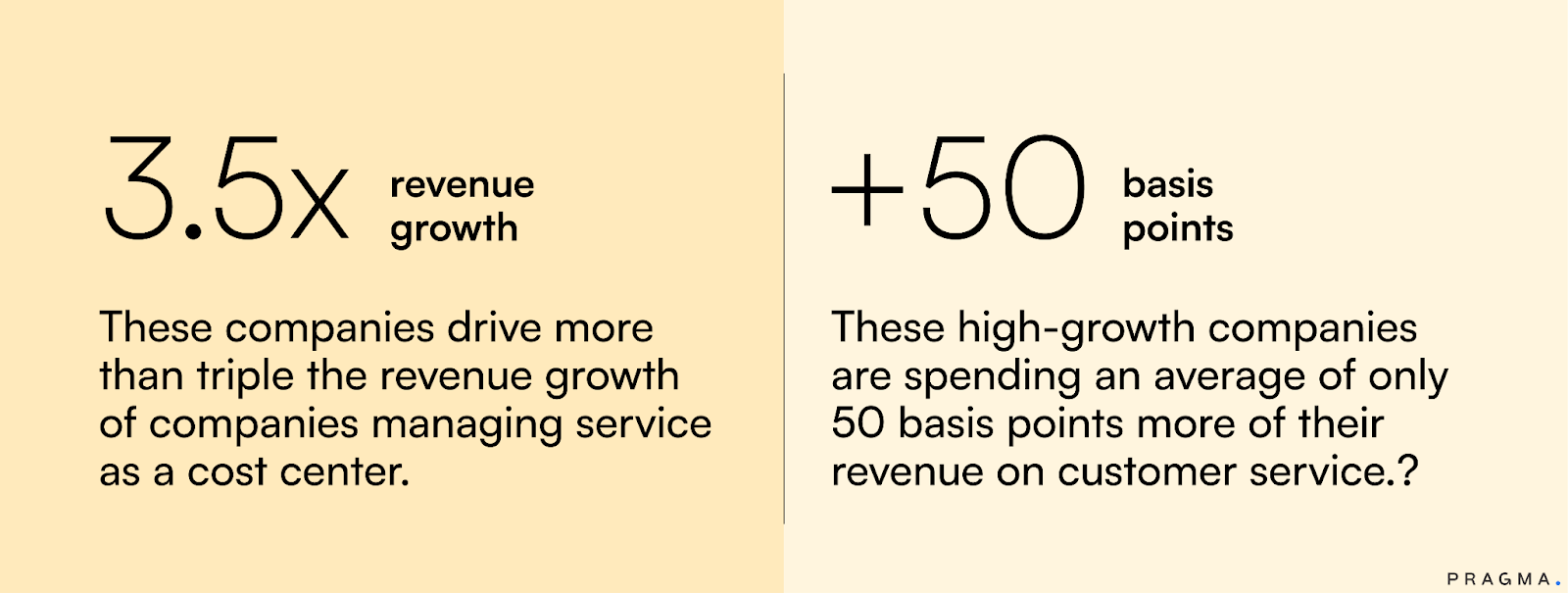
CRM is what helps you implement personalisation using customer data to deliver individualised experiences.
This is achieved through customer segmentation for targeted communication, display and search advertising campaigns based on geography, demographics (affluence, age), and psychographics.
Sales and Internal Communication Strategies
Cross-functional collaboration is important to maintain consistent messaging across all customer touchpoints. Your teams must share customer insights, inventory information, and promotional strategies to avoid conflicts and maximise opportunities.
Data Analytics and Performance Monitoring

Customer behaviour analysis helps you understand how customers interact with your websites and identify potential friction points. Heat mapping tools, user session recordings, and A/B testing provide valuable insights into shopper’s preferences and behaviour patterns.
Marketing attribution analysis reveals which channels and campaigns drive the most valuable customers. This data helps with better budget allocation and strategy optimisation across different marketing channels.
Inventory management is for preventing stockouts and overstock situations. Demand forecasting based on historical data, seasonal trends, and market conditions helps you maintain optimal inventory levels and minimise working capital requirements.
Ecommerce Challenges and Considerations in the Indian Context
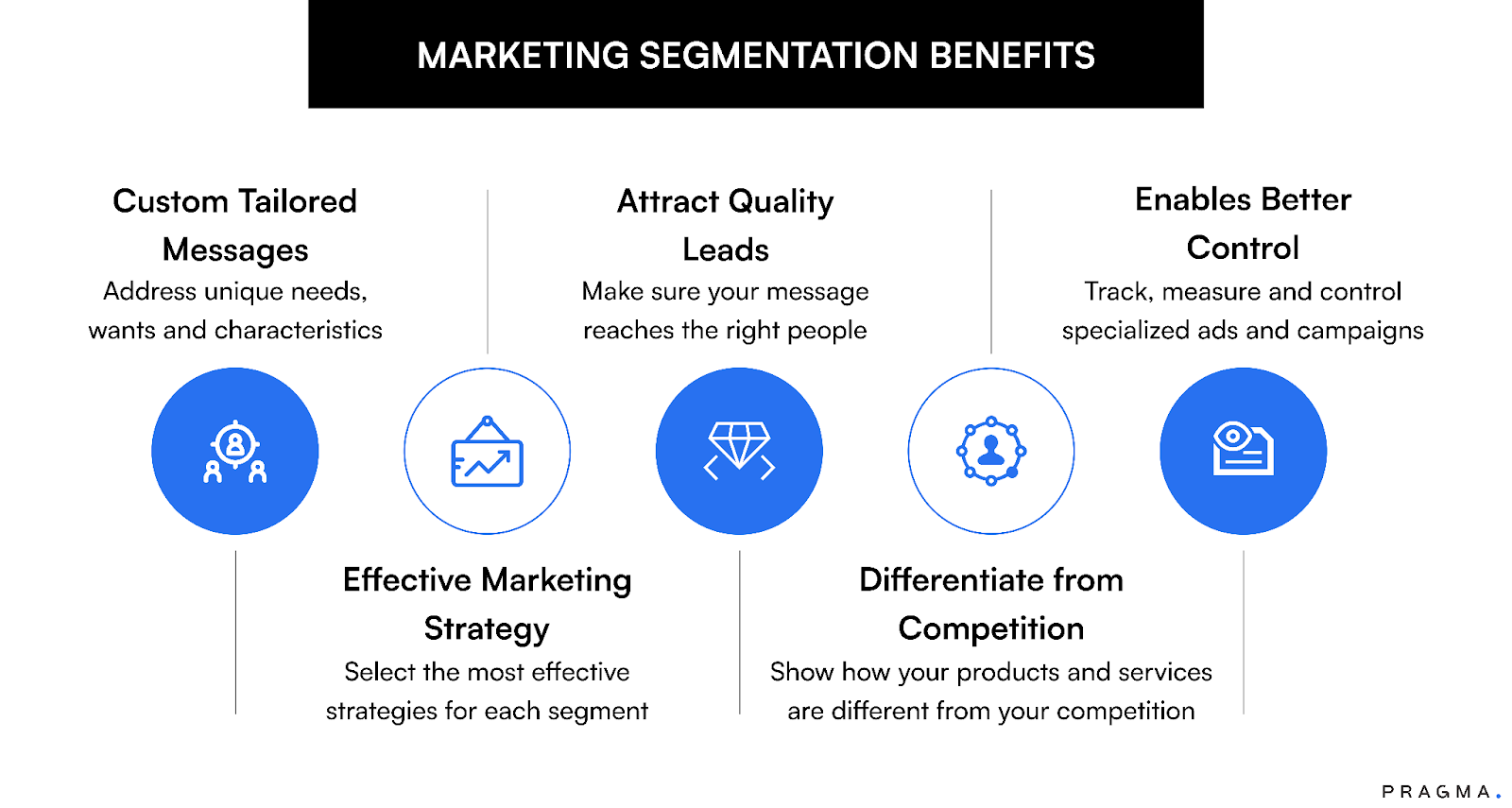
Before you begin deploying elements of e-commerce in your brand, consider the potential challenges that might appear in the process.
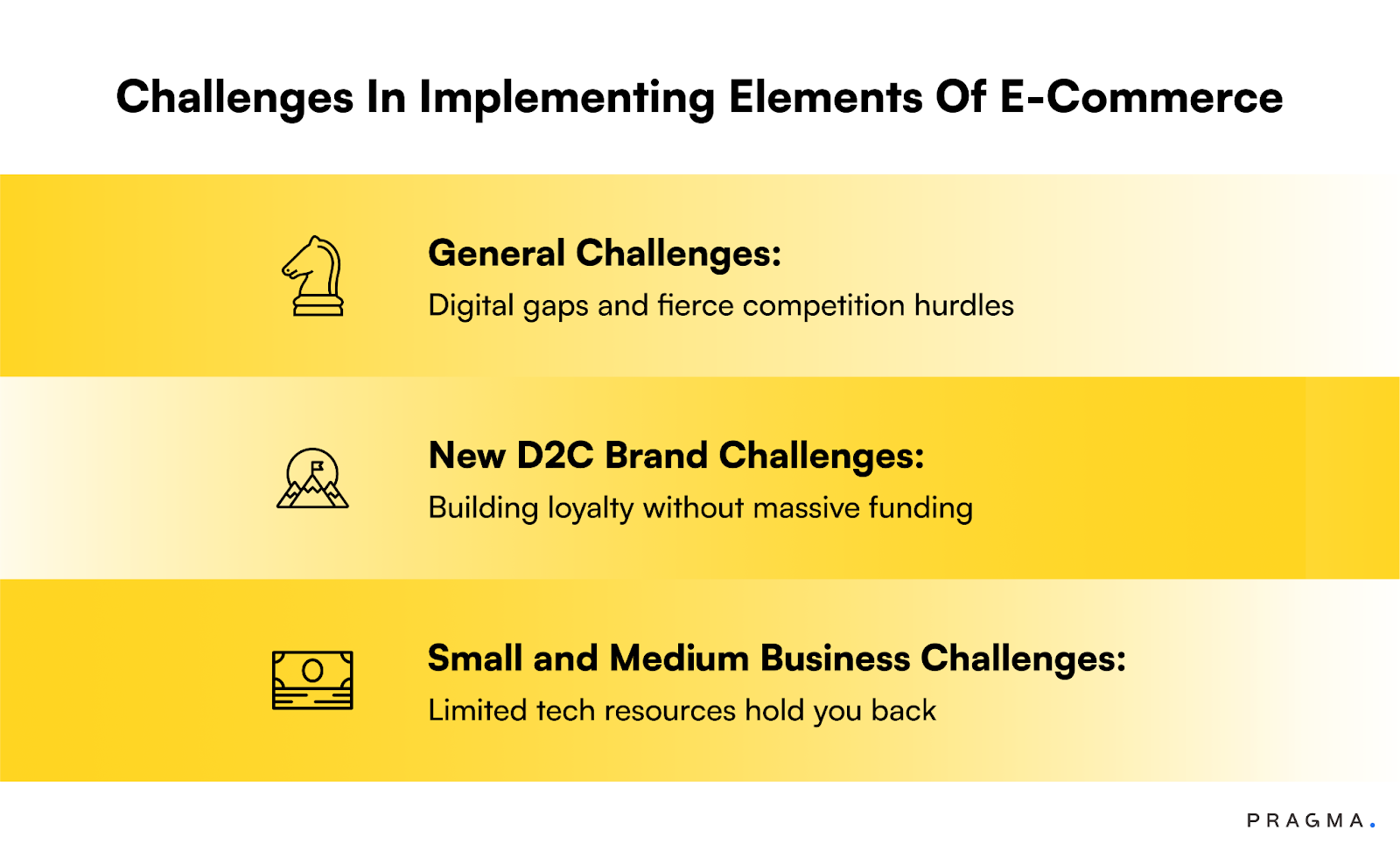
General Challenges
Digital literacy, especially in rural areas where internet penetration and smartphone adoption are still developing, when coupled with infrastructure limitations, greatly impacts operations, including last-mile delivery.
Competition from established players is another barrier to growth for new brands.
With giants like Amazon and Flipkart dominating the market, new companies find it hard to acquire customers, because the average customer acquisition cost ranges between Rs 500-1000, which is often unsustainable for small and medium-sized brands.
New D2C Brand Challenges
Customer loyalty, especially considering the number of options in the market, is the toughest nut to crack unless you get significant funding.
High CAC leaves you with no choice but to compromise on paid ads, or double down on organic strategies such as SEO, user generated content, social media content like Youtube or barter collaboration with influencers.
As a young brand, it’ll take some time before you get enough data on customers, market, operations which you can use to build data-driven strategies and road maps to take your brand in the right direction.
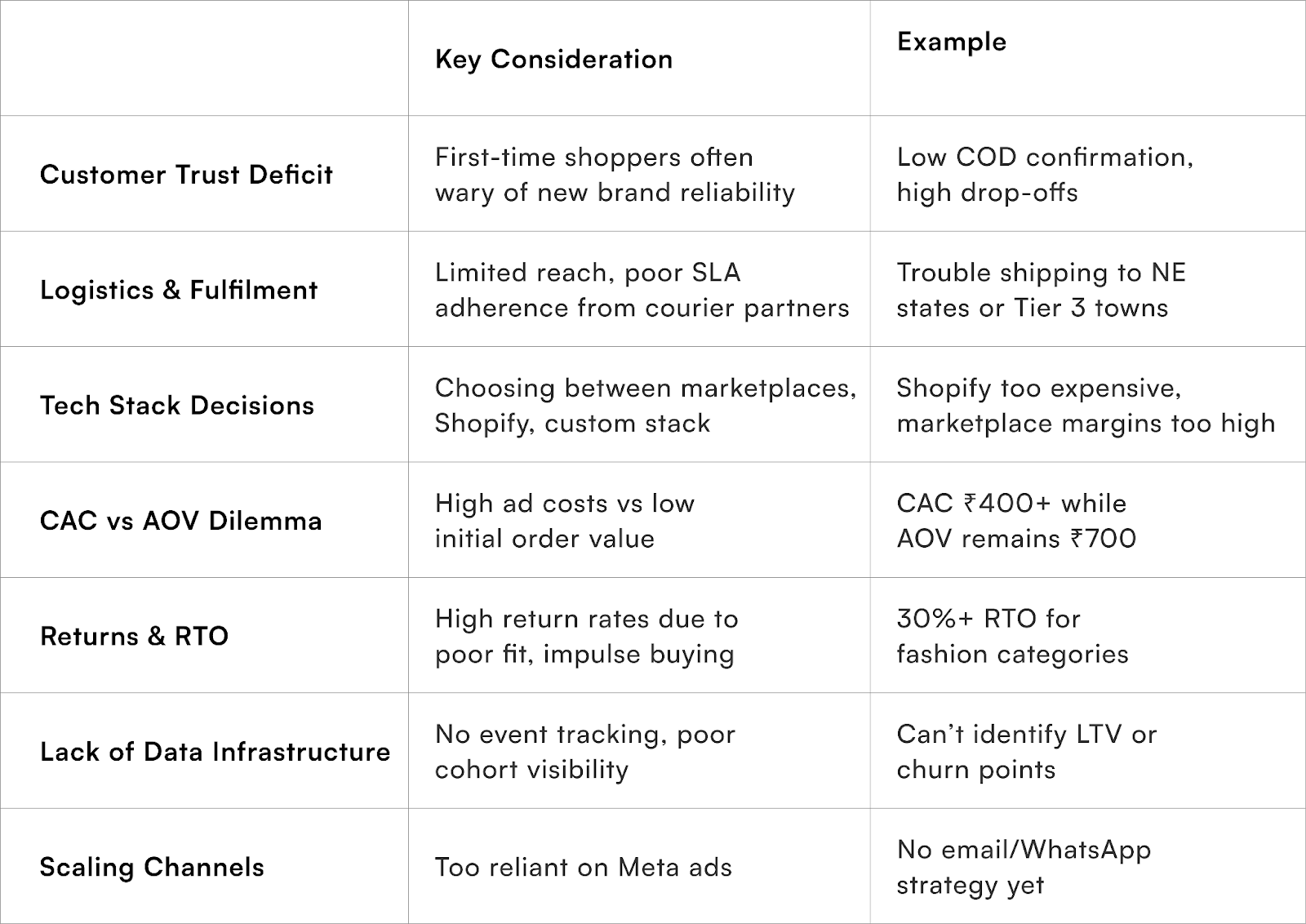
Small and Medium Business Challenges
Small or early stage brands with bare minimum capital can only invest in tools or infrastructure that fits their budget, which is important for maintaining a consistent shopping experience for consumers.
As a brand owner you might get tempted with all the software, solutions, etc. available in the market that established brands use for various purposes.
But because you don't have sufficient resources, you are left to choose just a few and this often leads to the feeling of missing out on helpful technologies – this is where SMBs are supposed to be smart in order to convert investments into improved revenue/operation efficiency.
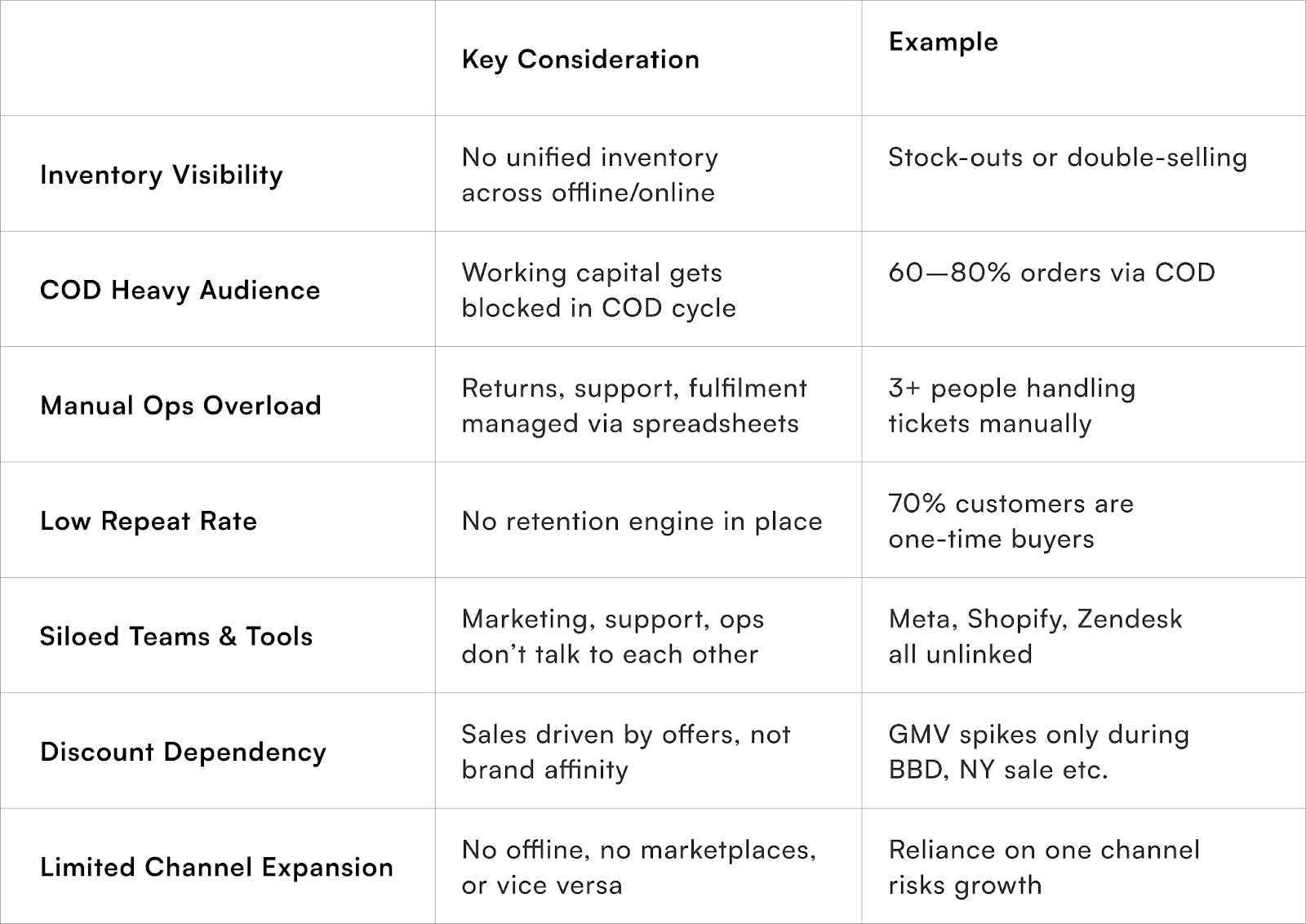
To Wrap It Up
From basic website functionalities to business models and implementation tactics, each element works best when executed in parallel with constant monitoring of results, which is essentially getting customers to buy your products.

FAQs (Frequently Asked Questions On Elements Of E-Commerce)
What elements impact the customer shopping experience the most?
Mobile responsiveness, site speed, search functionality, security features, personalised recommendations, customer service, and seamless checkout process impact customer shopping experience significantly.
What payment methods should D2C brands integrate for Indian customers?
Include UPI, credit cards, debit cards, net banking, cash-on-delivery, buy-now-pay-later options, and digital wallets to serve diverse customer preferences effectively.
Why do the majority of Indian customers prefer mobile shopping over desktop?
Mobile devices offer convenience, faster checkout with UPI payments, social media integration, instant notifications, and better accessibility for India's smartphone-first population
Talk to our experts for a customised solution that can maximise your sales funnel
Book a demo




.png)